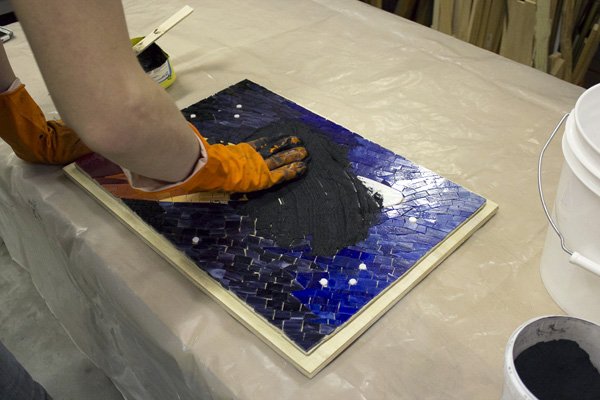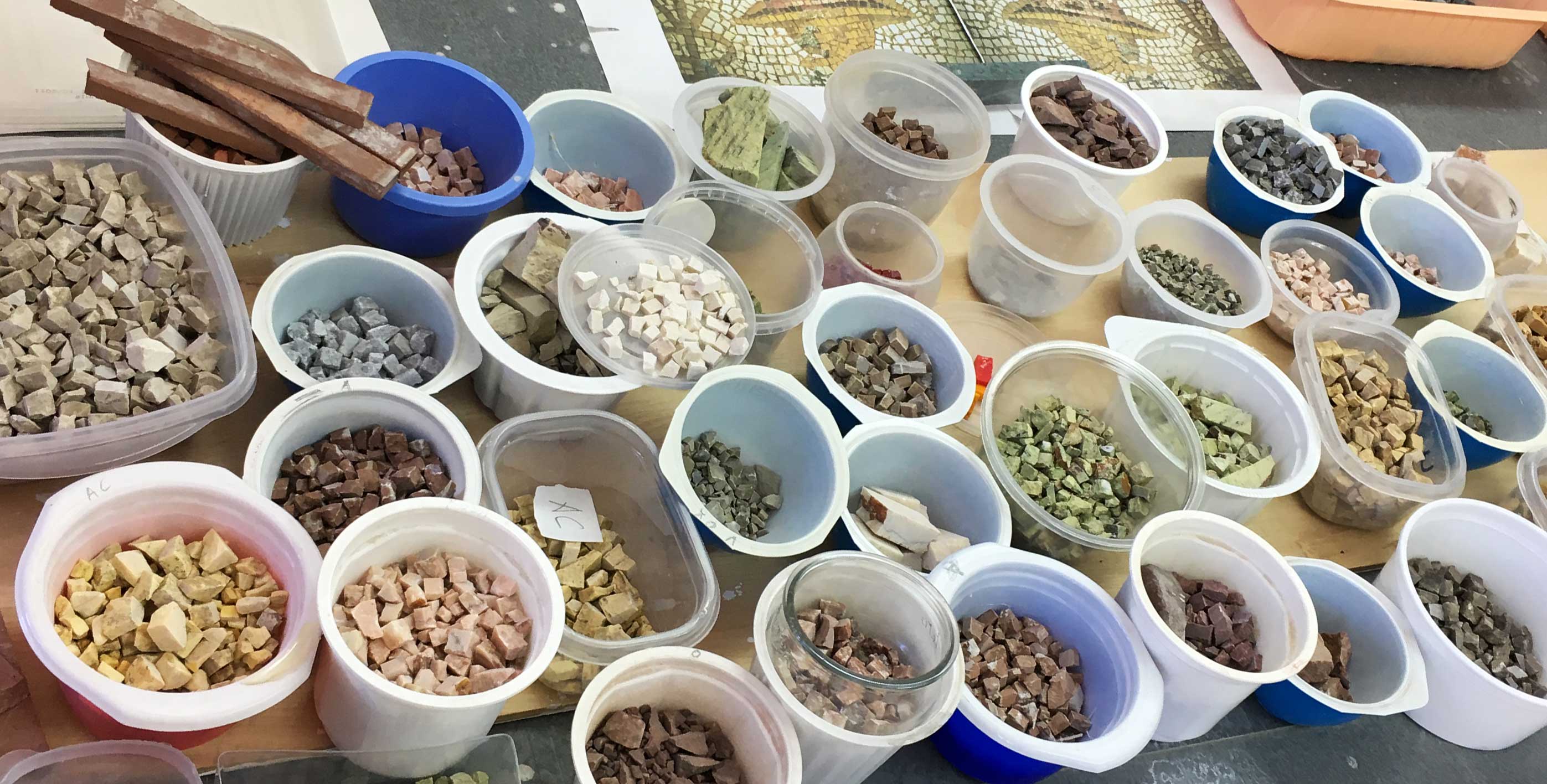
It became apparent that returns from light store lambs couldn’t sustain a viable business. Inverary lambs were no longer needed by Silver Fern Farms under its Lambplan programme, as dairying was occupying the former fattening grounds. Not only did Inverary have to winter all its younger stock again, but the rules had changed for backcountry breeding farms.

So when the dairy boom arrived and capital gains lifted overnight, the decision was made to sell. Footrot in fine-wooled lambs was also a constant challenge under irrigation. That was because much of the property was in older high-endophyte ryegrass pastures on an old border dyke irrigation system. So an irrigated finishing and wintering farm was bought in 1992 on the Canterbury Plains in Carew and that certainly finished the lambs for them and provided wintering for younger stock.īut it didn’t improve the ewe flock - the real "engine room" of the property - or do a lot to their bottom line because there was debt to service and the lambs’ growth rates weren’t as high as expected. I knew there wasn’t a big future in that." "We were still stuck around those low lambing percentages and low growth rates and selling store lambs. Increasingly though, the feeling started to grow that they hadn’t raised the property to the next level.

Naturally, he started by following the same model. Not too long out of Lincoln College, Mr Chapman took over the station in the mid-1970s and was keen to put into practice what he’d learned from his father in tow with his tertiary studies. That was when farmers on thousands of irrigated hectares on the Canterbury Plains were just waiting to take their lambs. Store lambs offloaded at 20kg to 25kg provided a nice income. PHOTO: TIM CRONSHAWIn those days the halfbred flock lambed at an acceptable 85-90% and the dual-purpose sheep yielded a fleece of 26-27 microns. Inverary Station owner John Chapman is coming to grips with the puzzle of lifting the property to the next level. A plunging sharemarket turned an expected first-year loss into several bigger losses, but he hung in and later successfully added more land to the property. His father arrived at the station in 1928-29, just before the Depression. It’s future proofing and they are good, good people." Rather than limping into old age, it’s nice having the place lifted and carried and going ahead. "My family are pretty keen to have the property kept so they can visit and be a part of it, but they don’t actually want to be farmers. Mr Chapman and his wife Anne own the 4250ha of freehold and leasehold property which is run in an equity partnership with 50% of the stock and plant owned by managers Bert and Kate Oliver. This worked fine when there was no shortage of finishing farmers in early summer willing to take their smaller store animals and finish them for the works.īut times changed, and these types of properties are in short supply on the Canterbury Plains today so it became beholding of Inverary Station to fulfil this role. The animals largely wintered on tractor-sown flats when they weren’t on the vast browntop coating the backcountry. You are always looking for the next piece."įor decades, the Chapmans had turned a nice profit at Inverary Station as a breeding farm for a large halfbred flock and Angus herd. This is what keeps the 70-something Mr Chapman from joining the retirement fold.

Only after deep analysis, some soul searching and 35 pasture cages did the answers come. The easy option for John Chapman might have been to cut back stock numbers to take some of the pressure off farming Inverary Station, near Mid Canterbury’s Mt Somers.īut that would have come with its own problems and was never going to be the final solution, or a way forward to unlock the farm’s potential. Solving the puzzle of high-country productivity It was more than just a gut call, writes Tim Cronshaw. PHOTO: SUPPLIED A high-country farmer went with his intuition when resisting the temptation to lower stocking rates to improve Inverary Station's performance. Inverary Station's John Chapman enjoys the constant puzzle of farming.


 0 kommentar(er)
0 kommentar(er)
